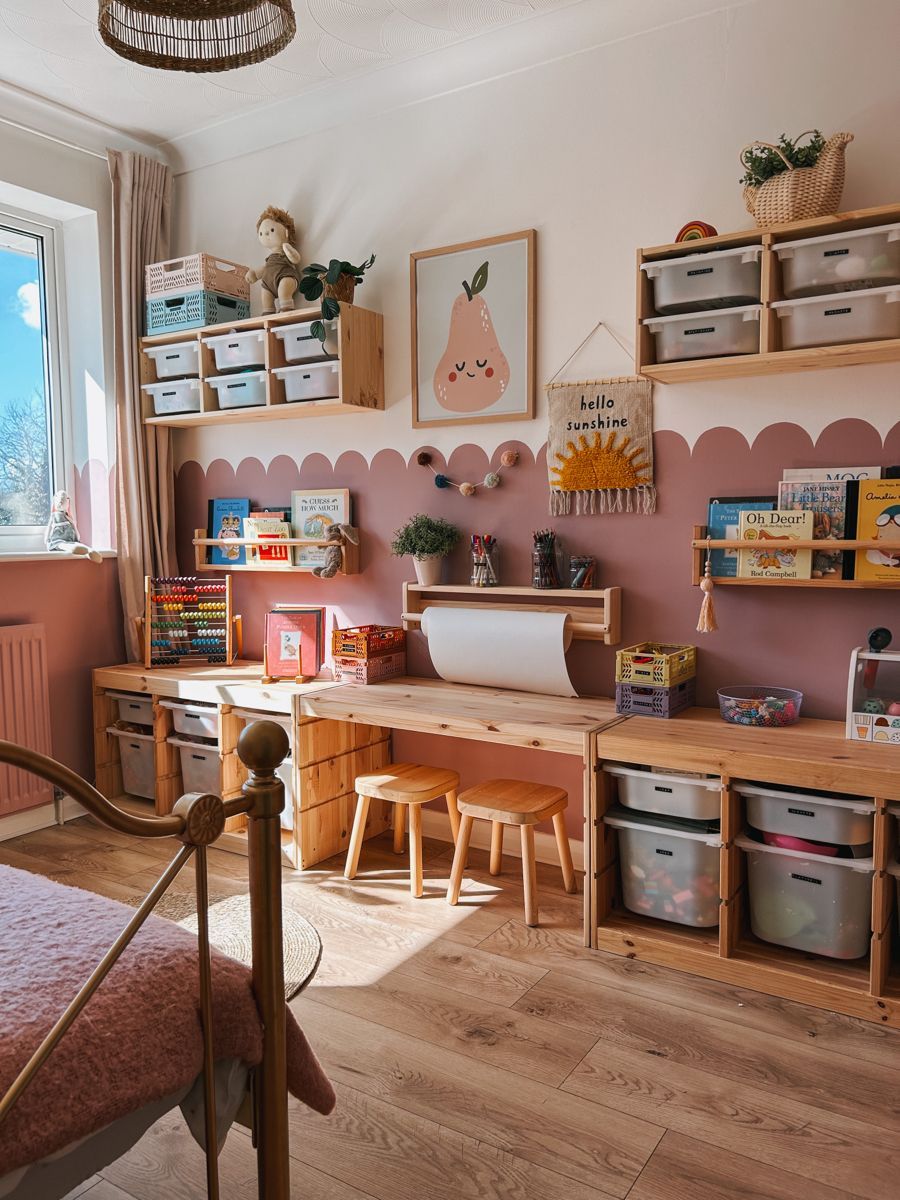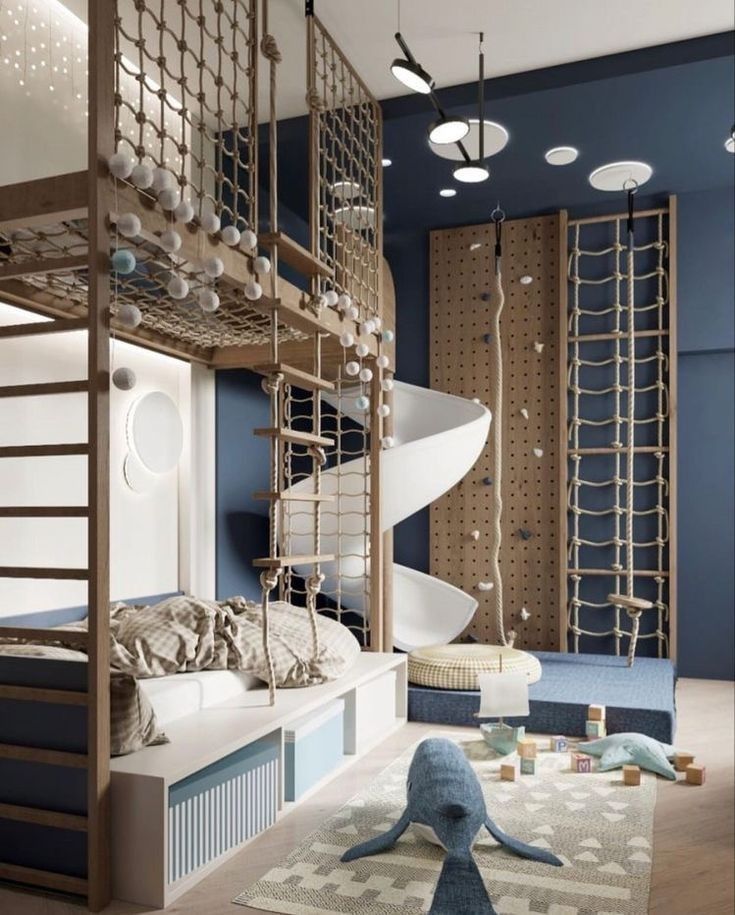
Kids room design is an important aspect of creating a comfortable and functional space for children to play, learn, and grow. When designing a kids room, it is important to consider the age and interests of the child, as well as their individual needs and preferences. From the color scheme and furniture layout to the storage solutions and decorative elements, every detail of the room should be carefully thought out to create a space that is both fun and functional. Incorporating play areas, study spaces, and plenty of storage can help to keep the room organized and engaging for children. Additionally, adding personal touches such as themed decor, favorite colors, and beloved toys can help to make the room feel like a personalized sanctuary for the child. Overall, a well-designed kids room should be a space where children feel safe, inspired, and free to be themselves.
When it comes to designing a kids’ room, it’s essential to consider their needs and preferences. Children’s rooms should be colorful, stimulating, and functional spaces that encourage creativity and play. One way to make a kids’ room both fun and functional is by incorporating storage solutions that are easily accessible to little ones. Installing shelves, bins, and baskets at a child’s height can help them keep their space organized and clutter-free. Additionally, incorporating multi-functional furniture, such as beds with built-in storage or desks that double as art stations, can maximize the space available in a child’s room.
Another important factor to consider when designing a kids’ room is the use of durable and easy-to-clean materials. Since children are prone to spills and accidents, it’s crucial to choose furniture and decor that can withstand the wear and tear of daily play. Opting for stain-resistant fabrics, washable rugs, and easy-to-clean surfaces can make it easier to maintain a kids’ room and keep it looking fresh and inviting. Additionally, selecting furniture with rounded edges and soft corners can help prevent injuries and create a safe environment for children to play.
Incorporating elements of personalization and creativity into kids’ room design can make the space feel uniquely theirs. Whether it’s displaying their artwork, adding a customizable chalkboard or whiteboard wall, or incorporating their favorite colors and themes, allowing children to have a say in the design of their room can foster a sense of ownership and creativity. By creating a space that reflects their interests and personality, children are more likely to feel comfortable and inspired in their room. Ultimately, designing a kids’ room that combines functionality, durability, and personalization can help create a space that nurtures a child’s imagination and sense of self.
 Decoration Ideas
Decoration Ideas










